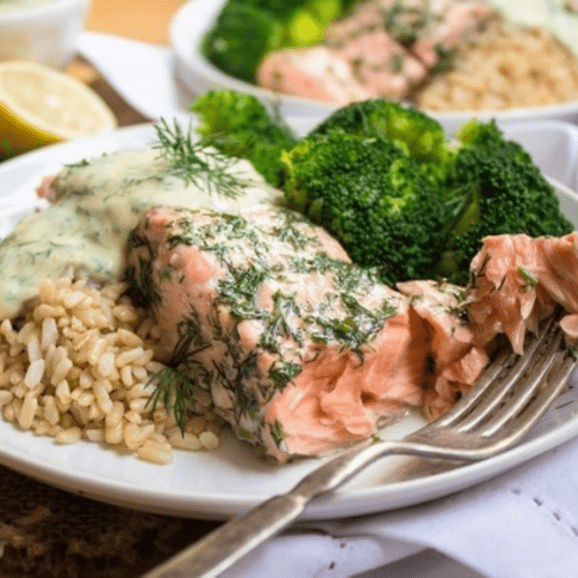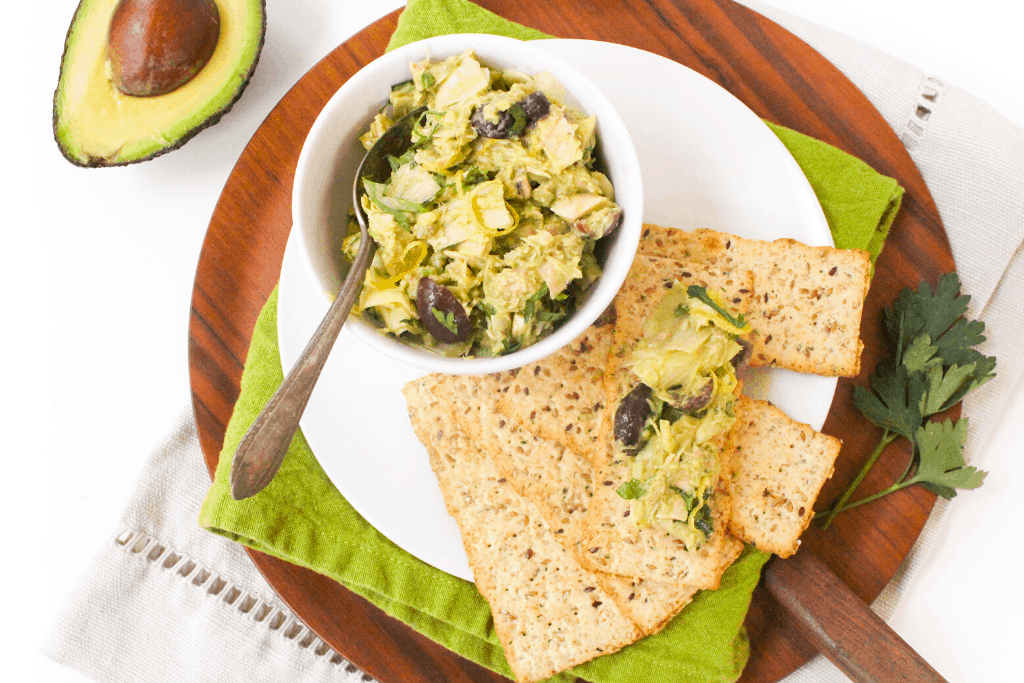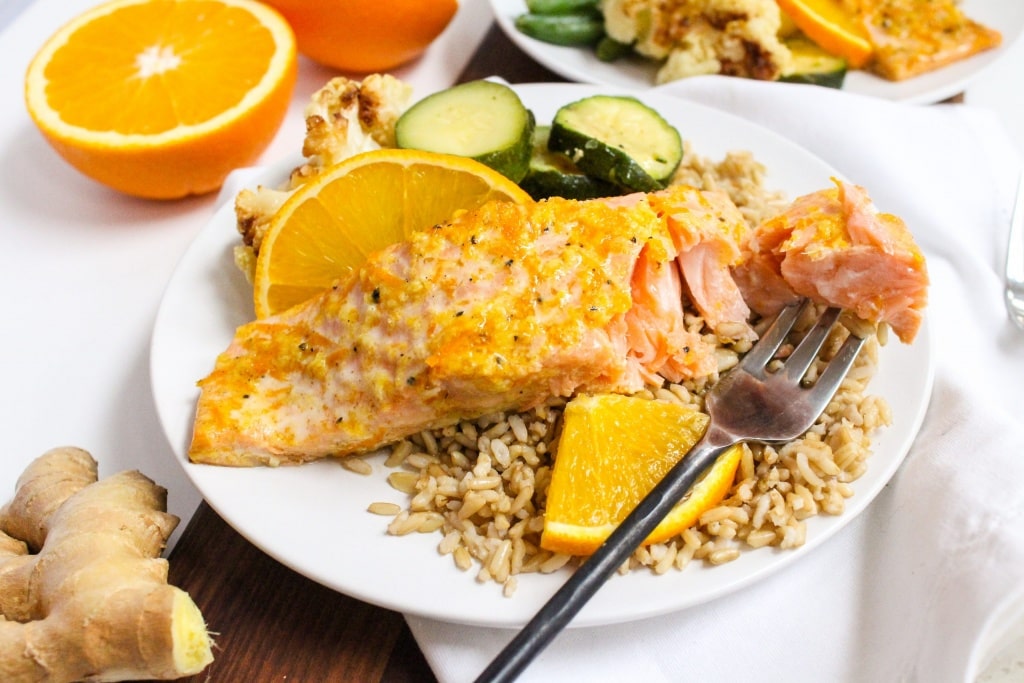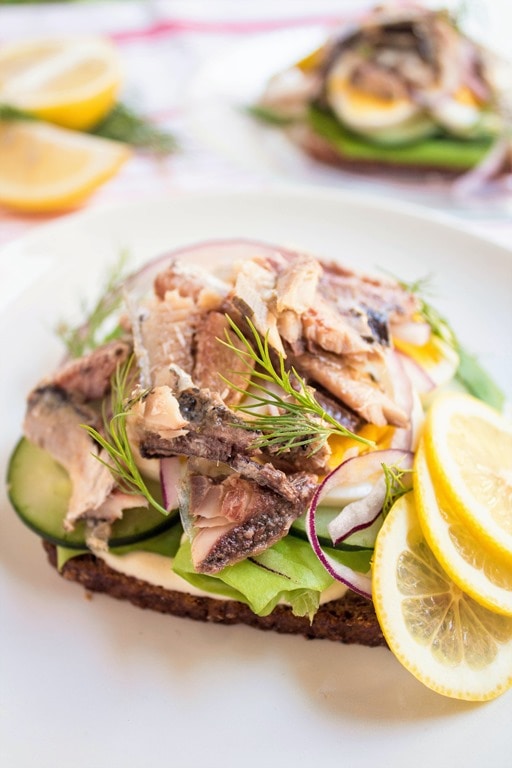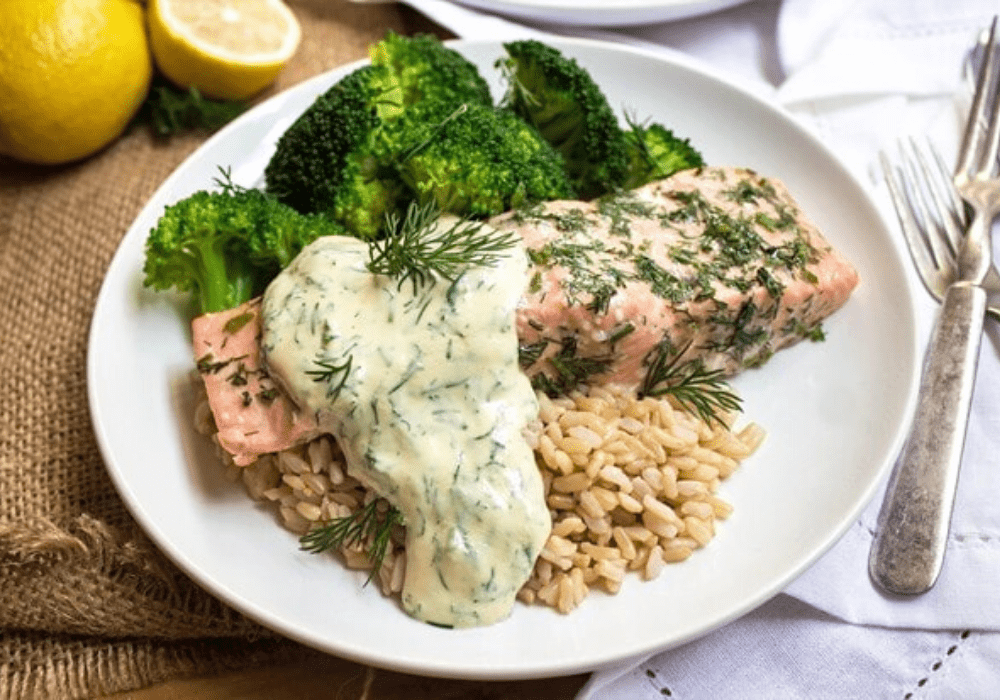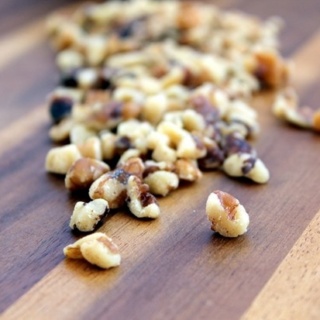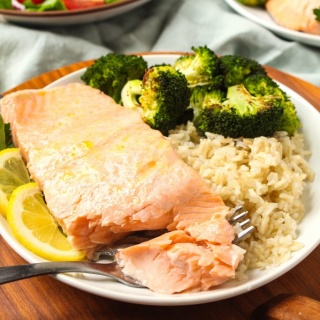Curious about why you should eat omega-3 fats, and which foods are rich in omega-3 fatty acids? Read on to learn more!
Why You Should Eat Omega-3 Fats
guest post by: Marisa Moore, RDN
The word fat conjures all kinds of thoughts and images. When it comes to food, fat can be a really good thing!
Fats provide flavor and texture to food and are essential to good health. With a long list of health benefits, omega 3 fats earn rock star status in the category.
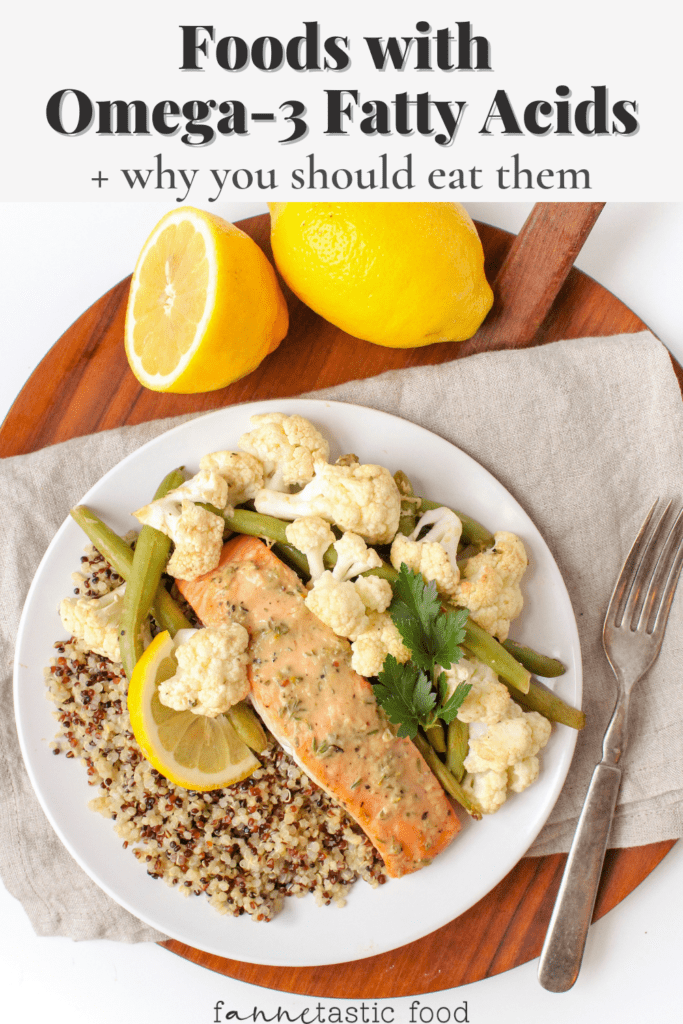
Want to save this post?
Enter your email below and get it sent straight to your inbox. Plus, I'll send you great content every week!
What are omega-3 fats?
Omega-3 fatty acids (omega-3s for short) are a type of unsaturated fat found in two active forms: EPA (eicosapentaenoic acid) and DHA (docosahexanoic acid).
EPA supports heart health while DHA is a major component of cell membranes and plays an important role in brain development and function.
ALA (alpha linoleic acid) is a third form of omega-3s, which must be converted to EPA and DHA in the body to be effective. Unfortunately, that conversion is not very efficient.
Why eat them?
Omega-3s protect the heart. They help slow the buildup of plaque in the arteries, decrease unhealthy fats in the blood (triglycerides) and lower blood pressure.
Omega-3s may also help reduce inflammation and reduce the risk for Alzheimer’s disease and rheumatoid arthritis among other conditions.
Supplementing omega-3s (fish oil) has even been shown to help reduce anxiety and depression.
And there are some vain reasons to get your omega-3s too. Because of their role in maintaining cell membranes, omega-3s can help you maintain healthy, beautiful skin and combat premature aging.
Which foods naturally have omega-3 fatty acids?
Ounce for ounce, fatty fish is by far the best source of omega-3s in the form of EPA and DHA.
Some of the highest sources include salmon, sardines, anchovies, black cod, albacore tuna, lake trout, and mackerel. You can also get a small dose of omega-3s from grass fed meat and dairy products.
Healthy Tuna Salad with Avocado
Vegetarian sources of omega-3s are also healthy additions to the diet but you can’t rely on them to meet your omega-3 needs.
Plant-based sources provide ALA, which alone cannot achieve what the more active forms, EPA and DHA, accomplish in the body.
Still, you should include ALA rich foods like seaweed (nori), soybeans, walnuts, chia seeds, ground flaxseed and flaxseed oil in your diet.
If you don’t eat fish, supplementation with fish oil or a microalgae supplement (vegan) is the best alternative.
So for most people you will need to either eat fatty fish at least twice a week or take a supplement to meet your omega-3 needs.
Orange Glazed Salmon with Honey & Ginger
How much omega-3 do you need? Should you take a fish oil supplement?
The American Heart Association recommends eating fatty fish at least twice a week. If you are unable to eat the recommended amount of fish or you have a history of heart disease or high triglycerides, check with your doctor or dietitian – you may benefit from taking a fish oil supplement.
Though I don’t recommend a lot of supplements, fish oil supplements are often beneficial for clients who don’t eat fish regularly – and that’s the majority of them. Supplementation has been shown to be quite effective for a variety of conditions from reducing high blood pressure and cholesterol to treating rheumatoid arthritis.
At this point, you’re probably wondering how much you should take in pill form. There are no standard doses for omega-3s. Effective doses are specific to the condition.
However, the World Health Organization and other agencies recommend a minimum of 300-500 mg of EPA and DHA and 800-1,100 mg of ALA each day from food or a supplement. Most therapeutic doses of fish oil exceed those numbers for EPA and DHA.
People who are already at risk for heart disease may be encouraged to take more. Check with your doctor or dietitian for specifics on this.
In any case, the key is to get a supplement that provides both EPA and DHA. And quality matters.
Be sure to check that the supplement provider follows Good Manufacturing Practices (GMPs) and is certified by an independent testing organization like the NSF.
Convinced, but don’t really like fish?
I understand. Some people have a hard time adjusting to the strong flavor of fish. Before you give up on fish forever, consider these tips:
- Pair fish with flavors you enjoy.
- Add bold flavors to temper the fishy flavor. Instead of eating sardines straight from the can, pair them with a spicy mustard or tomato sauce.
- Pair salmon with citrus (as in the recipe below) or marinate it using Asian flavors.
- Experiment with different cooking methods like grilling, roasting, sautéing and broiling to get the flavor you desire.
Scandinavian Sardine Sandwiches
Other tips for fitting more omega-3s into your day:
- Top mixed greens with leftover salmon for a delicious and hearty salad.
- Try high quality sardines on whole grain crackers with mustard for a protein rich snack.
- Add ground flaxseed or chia seeds to oatmeal, yogurt or a smoothie.
- Top salads with crunchy walnuts instead of croutons.
Foods with Omega-3 Fatty Acids
I wanted to share some of my favorite foods with omega-3 fats, so you can enjoy them too! Here are some recipe ideas:
- Orange Glazed Salmon with Honey & Ginger
- Walnut Mushroom Enchiladas
- Baked Pesto Salmon with Veggies
- Coconut Banana Chia Pudding
- Healthy Tuna Salad with Avocado
- Vanilla Walnut Protein Balls with Figs
- Scandinavian Sardine Sandwiches
- Salmon with Lemon Mustard Dill Sauce
- Mango Chia Pudding
- Maple Glazed Salmon with Veggies (Sheet Pan)
Salmon with Lemon Mustard Dill Sauce
I hope this post helps you incorporate some of these essential foods with omega-3 fatty acids into your diet!


